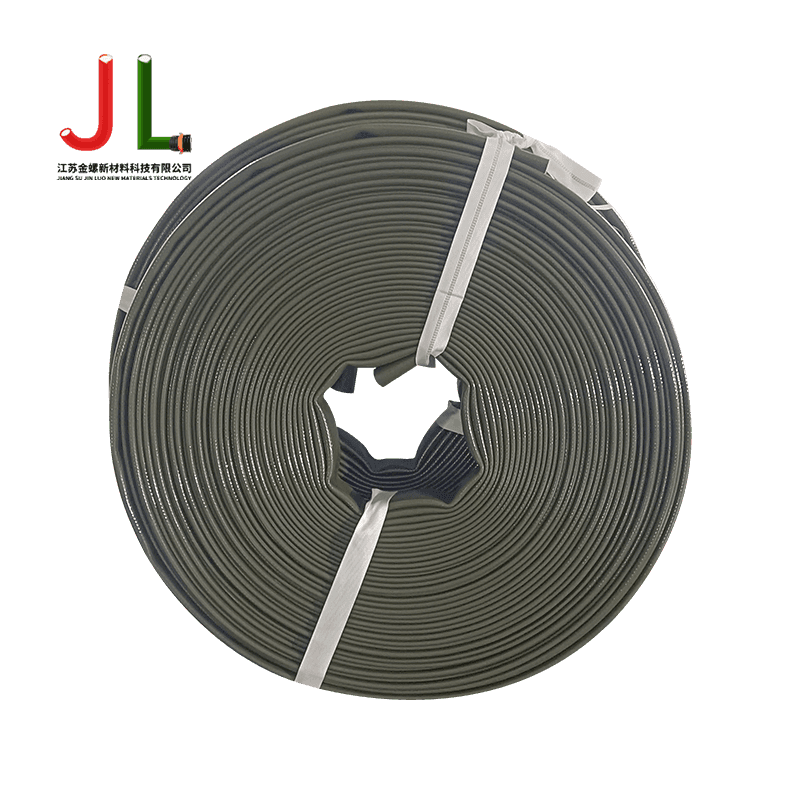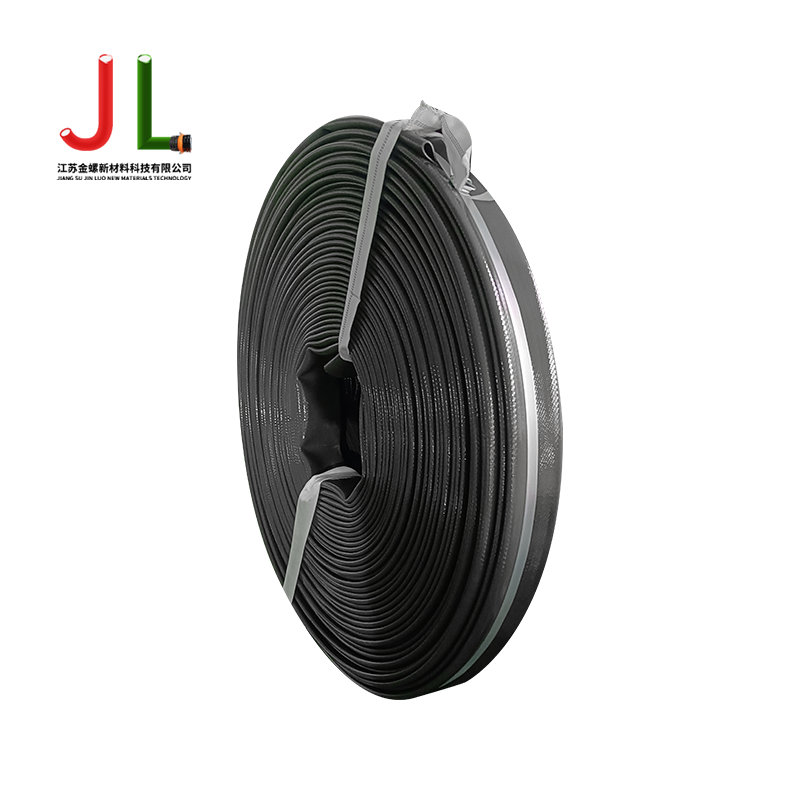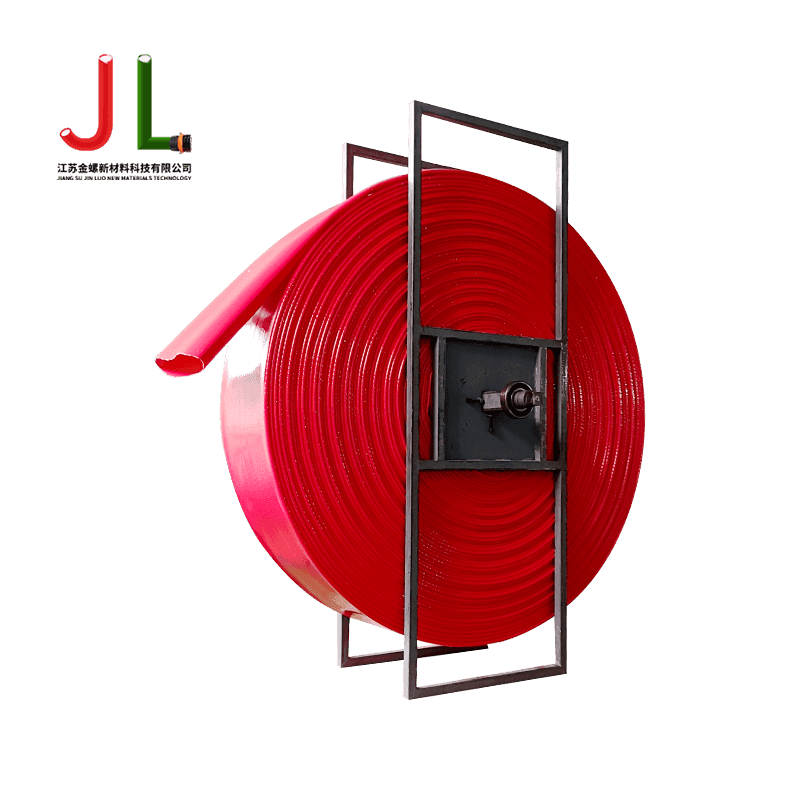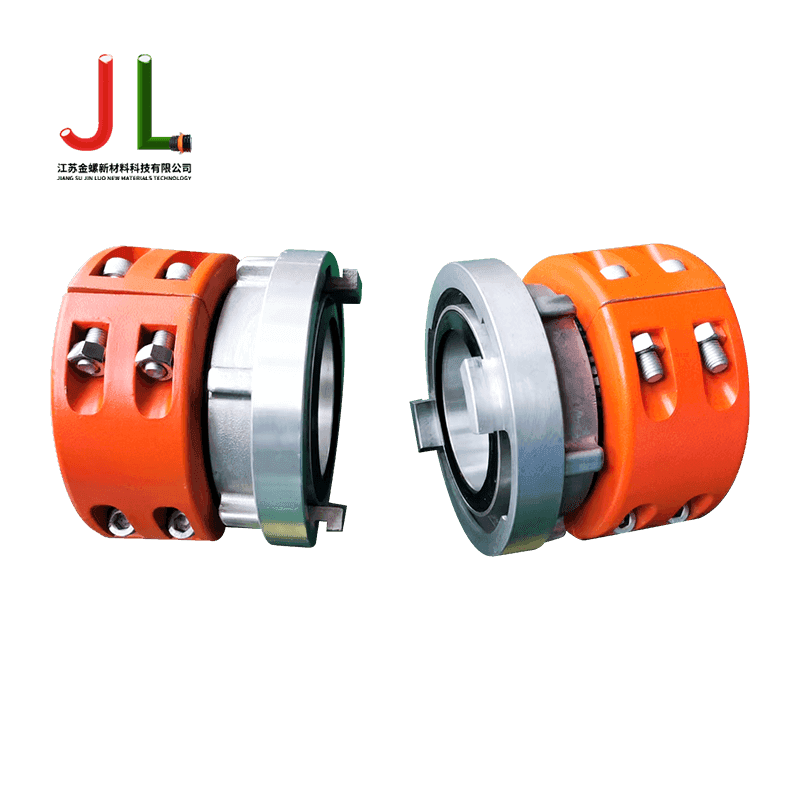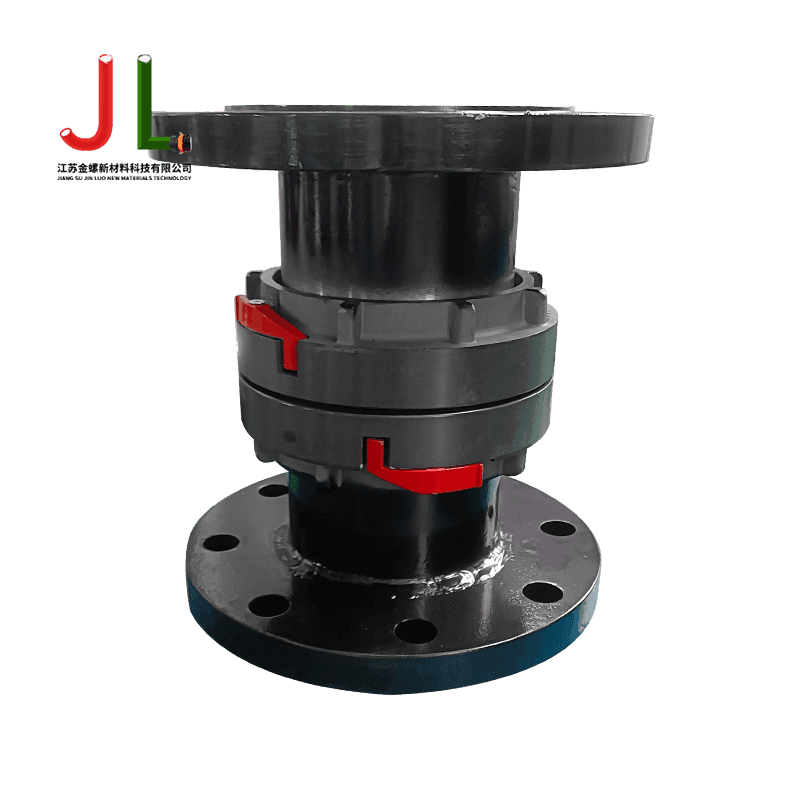Overview of discharge hose Applications and Selection Guide
What is a discharge hose?
Definition and basic function
A discharge hose is a flexible, reinforced tube designed to carry fluids or semi‑fluid materials from a pump or source to a destination under positive pressure. Such hoses are broadly used in industrial, agricultural, emergency and pipeline rehabilitation applications.
Key performance parameters
- Inner diameter (caliber) — larger diameters increase flow rate.
- Pressure rating — the maximum working pressure the hose can safely withstand.
- Material and reinforcement — rubber, polyurethane (TPU), PVC, metal spirals, etc.
- Length and customization — longer lengths may require special reinforcement or couplings.
- Temperature, chemical and abrasion resistance — depending on the media transported.
Why Choose a High‑Quality discharge hose for Industrial Use
Typical industries and uses
High‑quality discharge hoses are vital in many sectors: oil & gas exploration, temporary oil transfer, mineral exploration, agricultural fertilisation and irrigation, industrial fluid transfer, trenchless pipeline rehabilitation, emergency response and construction. For example, the company Jiangsu Jinluo New Material Technology Co., Ltd. is dedicated to the production and sales of polyurethane lay‑flat fracturing hoses, oil and gas hose, fire truck remote water supply hoses, industrial hoses, forestry hoses, irrigation hoses, agricultural drag hoses, drinking water delivery hoses, and trenchless pipeline rehabilitation hoses. Their products (with calibers from 2 inches to 16 inches, and customizable lengths) are used exactly in these demanding scenarios.
Advantages of using specialised discharge hoses
- Improved operational safety — correct hose selection reduces leaks, bursts or failures under pressure.
- Better performance and longevity — hoses built for specific tasks resist abrasion, chemicals, UV, etc.
- Reduced downtime and maintenance costs — one well‑selected hose avoids frequent replacements.
- Customization — ability to specify caliber, length and fittings means the hose fits your exact system.
Types of discharge hose and How to Match Them to Your Need
industrial polyurethane lay‑flat discharge hose – use case & benefits
- Lay‑flat style means the hose rolls up flat when empty — efficient storage for deployment.
- Polyurethane (TPU) construction offers excellent abrasion resistance and long service life.
- Ideal for large‑volume fluid transfer in construction, mining, or irrigation applications.
oil and gas discharge hose lay‑flat 2‑16 inch – specific features
- Designed for oil & gas field use: large diameter (2–16 inches) accommodates high flow rates and heavy duty service.
- Often reinforced to handle drilling mud, crude oil or transfer fluids in harsh environments.
fire truck remote water supply discharge hose – emergency/rescue application
- Hose used in firefighting or remote water supply scenarios: fast deployment, lay‑flat design, high pressure capacity.
- Must withstand rugged handling and variable environments (e.g., wildland firefighting, remote water sources).
agricultural irrigation discharge hose lay‑flat large diameter – farming/irrigation use
- Agricultural irrigation often uses large‑diameter lay‑flat hoses to move water, fertiliser solutions, or drag hoses across fields.
- The lay‑flat format makes storage and transport easier in seasonal use.
trenchless pipeline rehabilitation discharge hose length customizable – pipeline rehab use
- In trenchless pipeline rehabilitation, hoses must carry resins, grout, or fluids over long runs without excavation; customization of length and caliber is key.
- Durability and precise caliber matching help maintain consistent flow and pressure throughout the rehabilitation operation.
Comparison Table: Selection Criteria for Different discharge hose Types
Key variables and how they differ across applications
td>Polyurethane or PVC lay‑flat
| Application Type | Typical Material / Construction | Diameter Range | Pressure Rating | Key Customisation |
|---|---|---|---|---|
| Industrial lay‑flat | Polyurethane or PVC lay‑flat spiral / fabric | 4″–12″ (or more) | Medium (e.g., up to 150–200 psi) | Length, couplings, color for identification |
| Oil & Gas lay‑flat 2‑16″ | Rubber/TPU with heavy reinforcement | 2″–16″ | High (200 psi+ or more depending on fluid) | Material compatibility, static dissipation, diameter custom |
| Fire truck remote water supply | Rubber or lay‑flat hose with fire‑grade cover | 3″–10″ | High (for quick deployment, high flow) | Rapid roll‑out, color, markings, fittings for fire service |
| Agricultural irrigation lay‑flat | 6″–16″ | Low‑to‑medium (50–100 psi typical) | Length to match field layout, seasonal storage, drag hose options | |
| Trenchless pipeline rehabilitation | TPU or rubber high‑durability hose | 2″–12″ (depending on scale) | Medium‑to‑high (100–300 psi depending on fluid) | Length custom, diameter custom, fittings for liner insertion |
How to Work with Your Supplier – Customisation, Caliber, Length, Quality Assurance
What to specify
- Caliber (inner diameter) — for example our factory supports 2 inches to 16 inches and custom calibers on demand.
- Length — ensure the hose runs cover your site layout, slack and connections; specify maximum continuous length or segments.
- Material & construction — choose based on media, temperature, abrasion, chemicals, pressure.
- Fittings and couplings — cam‑locks, flanges, Storz, custom ends depending on system.
- Operating environment — e.g., outdoor, UV exposure, extreme temperatures, oil field, drilling rig, irrigation field.
Quality checks, certifications, after‑sales support
- Check for reinforcement layers, bursting pressure, working pressure, material compatibility and certification.
- Ask for traces of manufacturing (factory, date, batch) and custom log‑sheet documenting test pressure.
- Ensure supplier provides installation guidance, storage/maintenance advice and spare parts or accessories.
- Good factories (such as ours) will provide customization based on your specification and support repeat orders.
Summary & Best Practices
Recap main take‑aways
Selecting the right discharge hose means matching your fluid, pressure, site layout, environment and hose specification correctly. The right hose boosts safety, performance and longevity.
Tips for selecting the right discharge hose
- Start with your application: what fluid, what pressure, what environment.
- Choose the appropriate type: e.g. industrial polyurethane lay‑flat discharge hose, oil and gas discharge hose lay‑flat 2‑16 inch, fire truck remote water supply discharge hose, agricultural irrigation discharge hose lay‑flat large diameter, or trenchless pipeline rehabilitation discharge hose length customizable.
- Specify diameter and length carefully (our factory offers 2″–16″ calibers and custom lengths).
- Verify material compatibility, reinforcement, pressure rating and fittings.
- Work with a reliable manufacturer who can supply documentation, customisation and after‑sales service.
Frequently Asked Questions (FAQ)
- Q1: What is the difference between a suction hose and a discharge hose?
A: A suction hose is designed to handle negative pressure (vacuum) to draw fluid into a pump, whereas a discharge hose is designed to carry fluid out from a pump under positive pressure. - Q2: Can I use a standard water hose for high‑flow industrial discharge?
A: Generally no — industrial high‑flow applications require hoses rated for higher pressure, larger diameters and more durable materials (e.g., for abrasion or oil resistance). Using an underspecified hose may lead to failure. - Q3: What should I look for when specifying diameter and length for a discharge hose?
A: You should consider the flow rate required, the maximum allowable pressure drop, the hose run layout (including bends), and storage/roll‑up capability. Many manufacturers offer calibers from 2″ to 16″ and custom lengths. - Q4: How important is material choice for a discharge hose?
A: Very important — the material must be compatible with the fluid (oil, water, slurry, chemicals), environment (temperature, UV, abrasion) and must support the needed pressure and flow. Choosing the correct material ensures longevity and safety. - Q5: What maintenance or storage practices help extend the life of a discharge hose?
A: After use, flush any residual fluid, avoid kinks and sharp bends, store in a cool dry place away from UV exposure, roll or lay‑flat properly. Inspect periodically for wear, bulges or damage and replace as needed.



 English
English عربى
عربى 中文
中文


